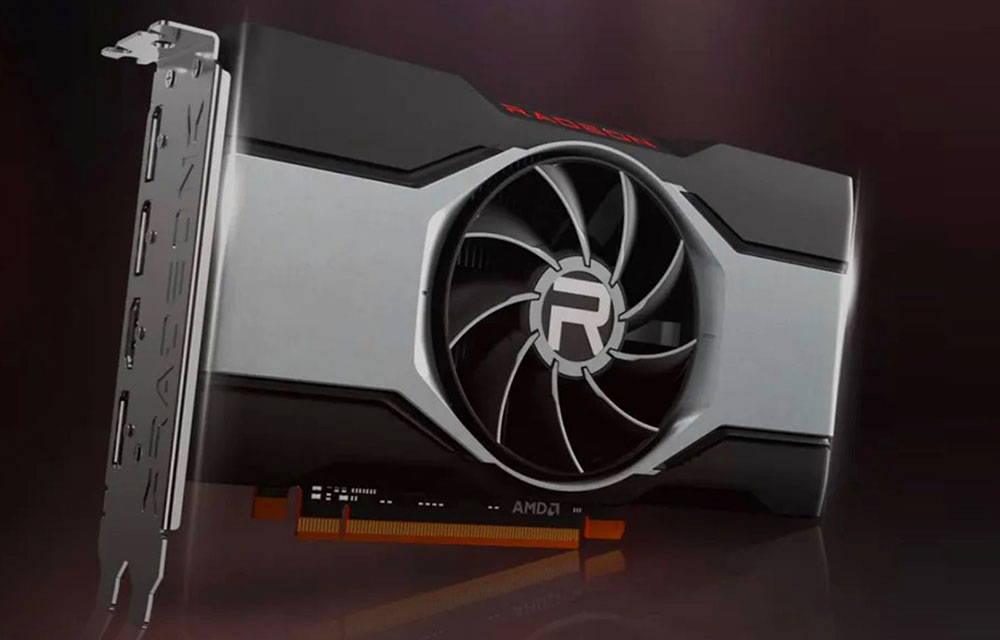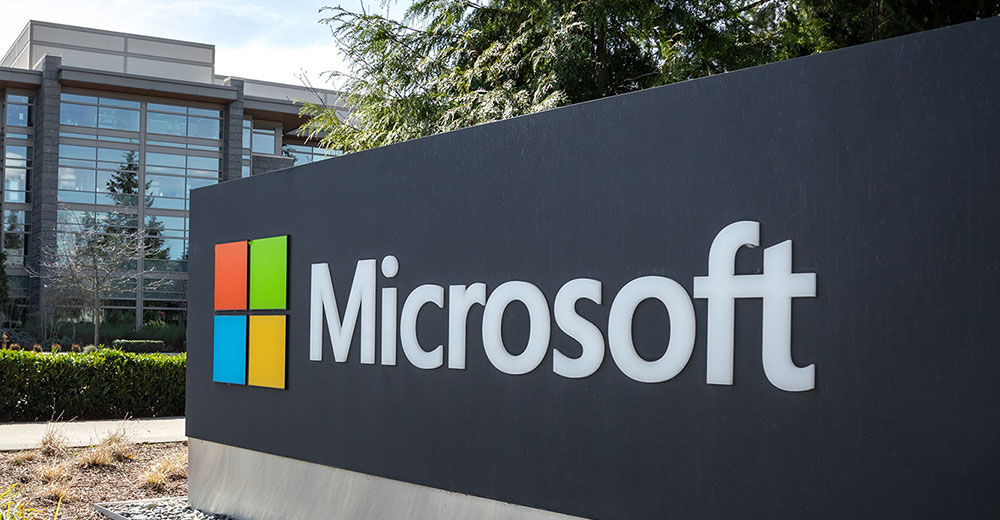Microsoft, on Oct. 29, once again surpassed Apple to take the top spot as the most valuable publicly traded company in the world.
At its annual Ignite conference last week, the company provided an overview of all things Microsoft, which highlighted why it deserves that top spot. It’s because unlike other companies — Facebook, for instance — Microsoft aggressively focuses on customers, not revenue, as its number one priority.
It was not always that way, but today, excessive focus on revenue and profit is at the core of why other firms are not doing as well and facing regulatory backlash while Microsoft is dominant.
Let’s talk about why Microsoft is so well-balanced and deserving of the top honors. Then we will close with my product of the week, one of the best values in the market, the AMD Radeon RX 6600 graphics card.
Diversity and Inclusion
It may seem strange to discuss diversity and inclusion first, but we have found that firms that do not aggressively promote diversity and inclusion (D&I) are underperforming their peers. This result is because minorities are not being fully utilized, know they are being underpaid, and underperform.
When talking about D&I efforts, most companies trot out an executive, their head of HR, who talks about the programs they have in place to deal with the problem. However, the real measure of a D&I program is how the employees feel. At Ignite, Microsoft highlighted a panel of minority employees who spoke in glowing terms about Microsoft’s D&I efforts.
Those employees spoke about how they were well treated, were asked for their opinions, and answered in real time. The panel spoke about how they were fairly treated regarding income and benefits and how they felt they were an equal part of Microsoft’s employee family.
It is challenging to convince a group of employees who have been historically under-compensated that they are being treated fairly because there is so much general distrust between the rank and file and management. So to hear minority employees talk about their employer, not as an opponent in their effort for fair treatment, but as a partner, speaks volumes.
This achievement highlights that, unlike several other Big Tech firms (Apple, Amazon, Facebook, and Google have all had serious problems with employee revolts), the employees at Microsoft, particularly minorities, appreciate that the effort is effective.
Focus on Customers
Apple, Amazon, Facebook, and Google all focus heavily on revenue and profit. Up until the early 2000s, Microsoft did too. For most of Steve Ballmer’s time as CEO, the company was laser-focused on revenue and profit. It did well financially but made several crippling mistakes that highlighted a lack of focus on what was important.
Microsoft was damaged by poorly considered acquisitions and acquisition attempts, like Yahoo and Nokia. But last decade, the company made a hard pivot toward strategically focusing on customer needs, satisfaction, and loyalty that coalesced its strategy around the customer.
What happens when a company stops focusing primarily on revenue and profit and shifts its focus to the people that buy and use its products? Consistent, substantial improvement in financial performance.
Microsoft is fortunate that the people who buy and use its products are the same. This user/customer connection is in sharp contrast to Facebook and Google, whose revenue comes from advertisers. The people who use those platforms become the product, not the customers.
Under Tim Cook, Apple is more like how Microsoft was when Steve Ballmer was running the show, albeit without as many critical mistakes; ergo, Apple seems to be having trouble attracting new customers and is losing market share.
Amazon really should be more than one company because Amazon Web Services (AWS) and Amazon shopping are so different that one top executive cannot have the breadth of skills needed to optimize both core businesses. In addition, Amazon shopping competes with companies like Walmart, which might otherwise be customers of AWS, constricting the market for the latter.
Drawing a parallel to the topic of diversity and inclusion, at Ignite, Microsoft’s Chief Product Officer, Panos Panay (the closest thing Microsoft has to Steve Jobs), spoke to how one of the key designers for Windows and Surface is disabled and provides critical usability insights into product development, making Microsoft’s products more inclusive.
Integration and Advancement
Microsoft and Bill Gates are famous for their internet pivot and driving .NET across the company. Most companies are siloed to a high degree, making standard components and frameworks impossible to implement across the business. Microsoft does not appear to suffer from that problem, and this was on display at Ignite as the company unveiled its collaboration and communication products.
Microsoft uses its products internally, so it benefits both its customers and its employees when the company develops something with a competitive advantage.
When companies provide services, they often conflict with automation efforts that get blocked because they risk revenues. Microsoft’s structure limits these conflicts substantially. During Ignite, the company presented market-leading levels of automation working towards a time when a business manager, without any coding help from IT or a third party, could write their code using natural language processing (NLP) and Microsoft’s increasingly capable AI.
Microsoft appears better able and willing to integrate common frameworks and capabilities across its efforts and push for advancements customers want, even if those advancements reduce service revenue opportunities.
Wrapping Up
Historically, the tech industry has been defined by companies that focused excessively on profit and revenue, setting the tone for the technology sector. That resulted in a growing divide between what customers want and what tech companies deliver.
Microsoft has uniquely shifted its focus to emphasize customer needs even if that shift lessens service revenues. Ironically, this has resulted in stronger financial performance. We need Microsoft at the top as an example, so more companies will transition from mining customers for money to finding new ways to solve customer problems.
Rather than locking customers into an ecosystem that equally locks new customers out, as Apple does, Microsoft creates interoperability and migration bridges that allow customers to move about more easily and trusts that these customers will move toward a vendor that cares for them — and away from vendors that do not.
The ability or desire to focus on what customers want over revenue, profit, and competitive responses has proven elusive for most companies. Microsoft has demonstrated that this focus is not only possible but has substantial financial benefits. Figure?

AMD Radeon RX 6600 Graphics Card
AMD sent me its Radeon RX 6600 graphics card to test, and I replaced their old high-end 5700 XT card with it. The result was uninspiring until I realized that the 6600 performance was about 10% better than the old 5700 XT card but costs about half as much.
There is still a shortage of new graphics cards, so running one of these down that you can get for anything close to its suggested retail price is problematic. Currently, I’m finding them with a 50% to 100% premium if they are even in stock.

AMD Radeon RX 6600 Graphics Card
The Radeon RX 6600 graphics card is a massive value at the suggested retail price, but finding it at the suggested retail is an equally gigantic problem. I should add that not only did it outperform the older 5700 XT card, but it did this using around 25% less power, making it a far greener alternative to that old top-of-the-line Radeon card.
I wouldn’t replace a 5700 XT card right now with the 6600 card because a 10% performance bump isn’t worth it. But if you have an older card, the 6600 card provides a lot of performance for not a lot of money — and given every current graphics card is hard to get right now, prices are relative. This supply chain shortage problem is becoming increasingly annoying.
Saving money while getting an uplift in performance is a deal to me, and, assuming you can find this card close to the suggested retail price, the AMD Radeon RX 6600 graphics card is my product of the week.























































